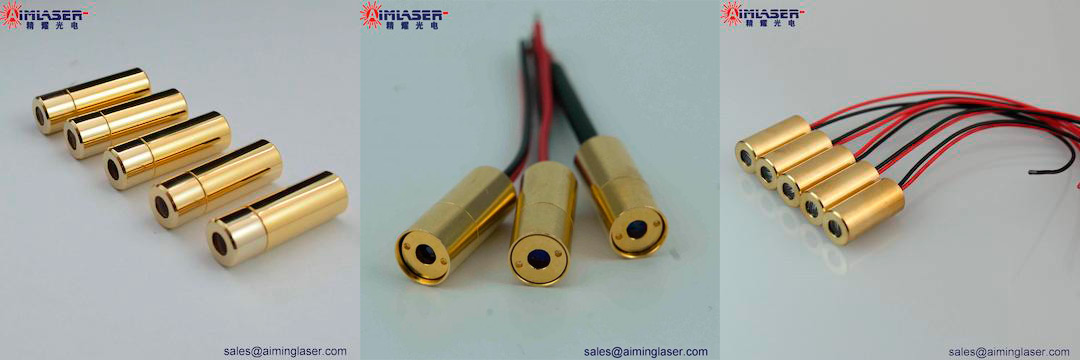In many industrial applications, infrared lasers have very good results. However, for the processing of non-ferrous metals, especially copper, the absorption of non-ferrous metals to the laser is very low due to the wavelength of an infrared beam, which brings instability to the operation of the welding process, resulting in welding errors in production and resulting in waste products. For high absorption, blue light with a wavelength of 450nm is the ideal choice.

In industrial production, copper has become the most desirable mass-produced highly reflective metal, and blue lasers have opened up new opportunities because copper and gold absorb blue-spectrum lasers many times higher than infrared lasers. The higher absorption rate greatly simplifies the smelting of copper. Second, semiconductor laser technology allows the laser power to be finely graded within milliseconds to better meet the requirements of the process. The weld produced during copper welding is very clean and smooth, regardless of the surface quality of the material before welding. Excellent electrical conductivity, with only a small amount of splash in adjacent material areas. At the same time, the material efficiency of the blue laser is very high, because on the one hand, the blue laser does not need any overlap or material reinforcement in the joint area, and on the other hand, the liquid copper has a very high gap bridging capability under the blue laser irradiation. In addition, the possibility of controlled thermal conductance welding makes it possible to use copper as the upper joint in preference when welding different metals. Even copper powder and thin copper foil can be joined to other materials such as steel and aluminum.
In laser processing of copper, high absorption of blue laser is helpful to obtain high quality and uniform welding results, thus opening up new application possibilities. It is not only suitable for laser processing of copper, gold, and other non-ferrous metals but also suitable for welding of different metals. In the fields of renewable energy and alternative drives, blue lasers have new potential in production. For example, more copper is processed in electric cars than in cars with internal combustion engines, opening up more possibilities for blue lasers. In a word, compared with an infrared laser, the blue semiconductor laser has great advantages in non-iron and steel metal processing and will have great space to play in electronics, energy, automotive, battery, and other fields.